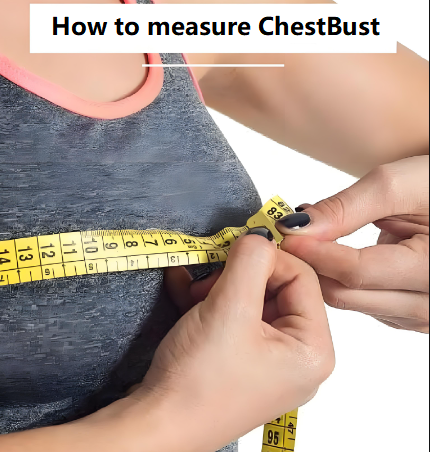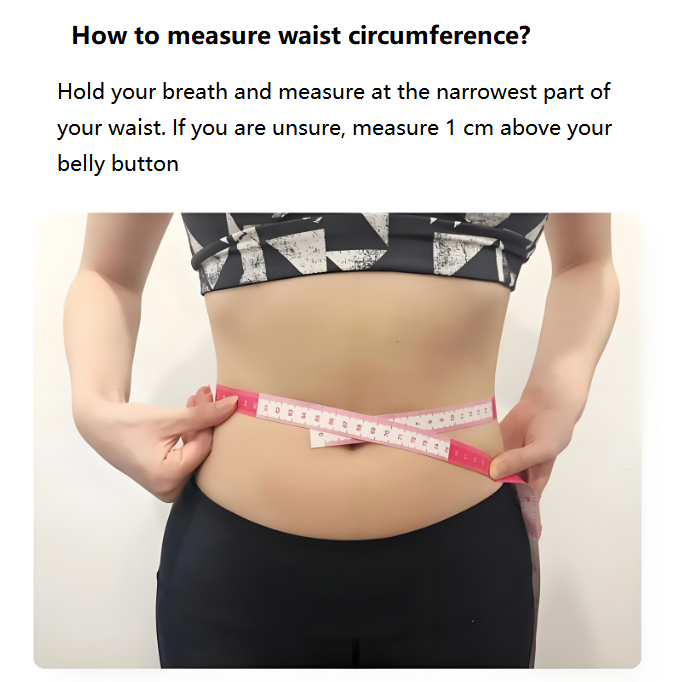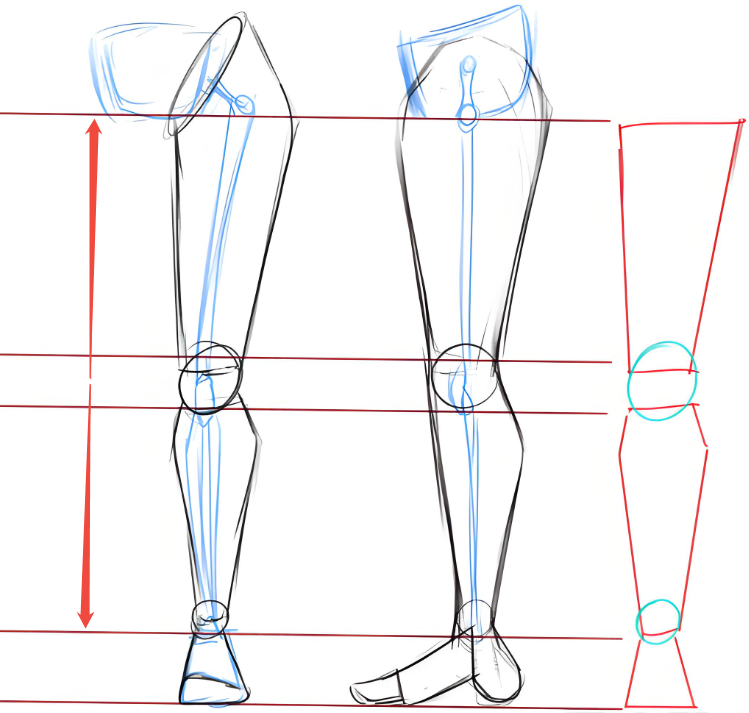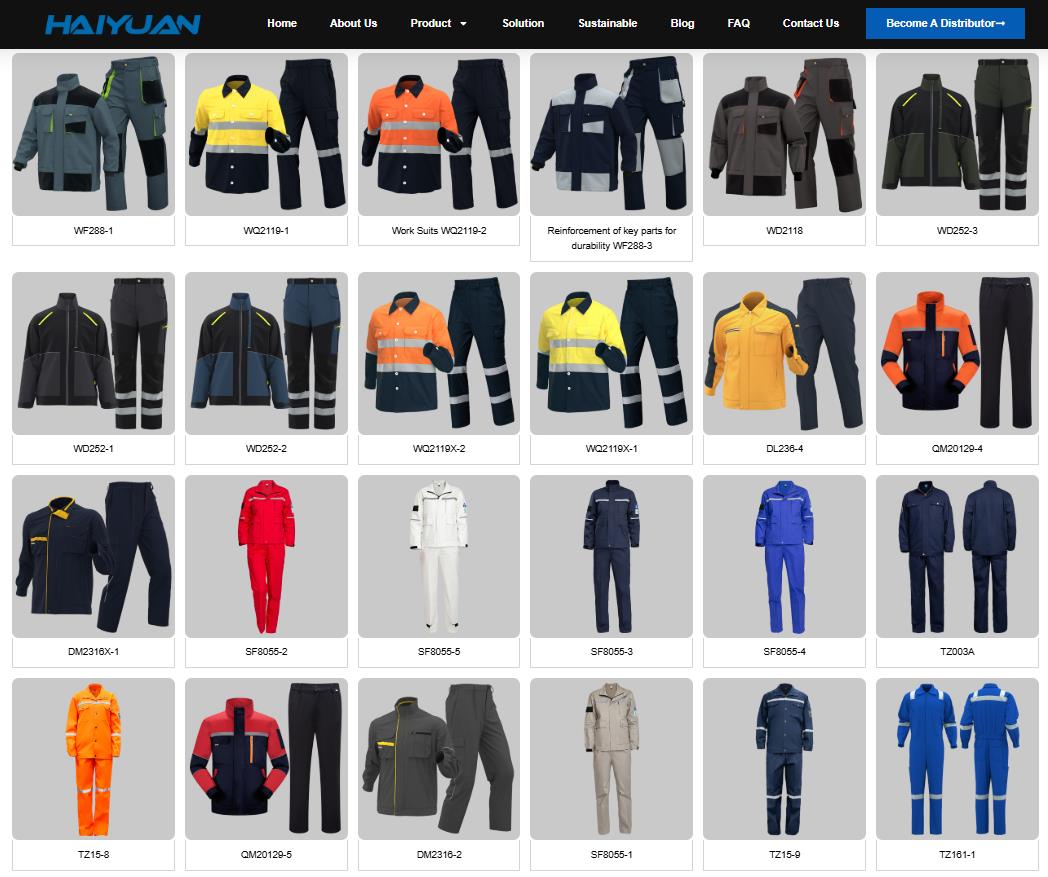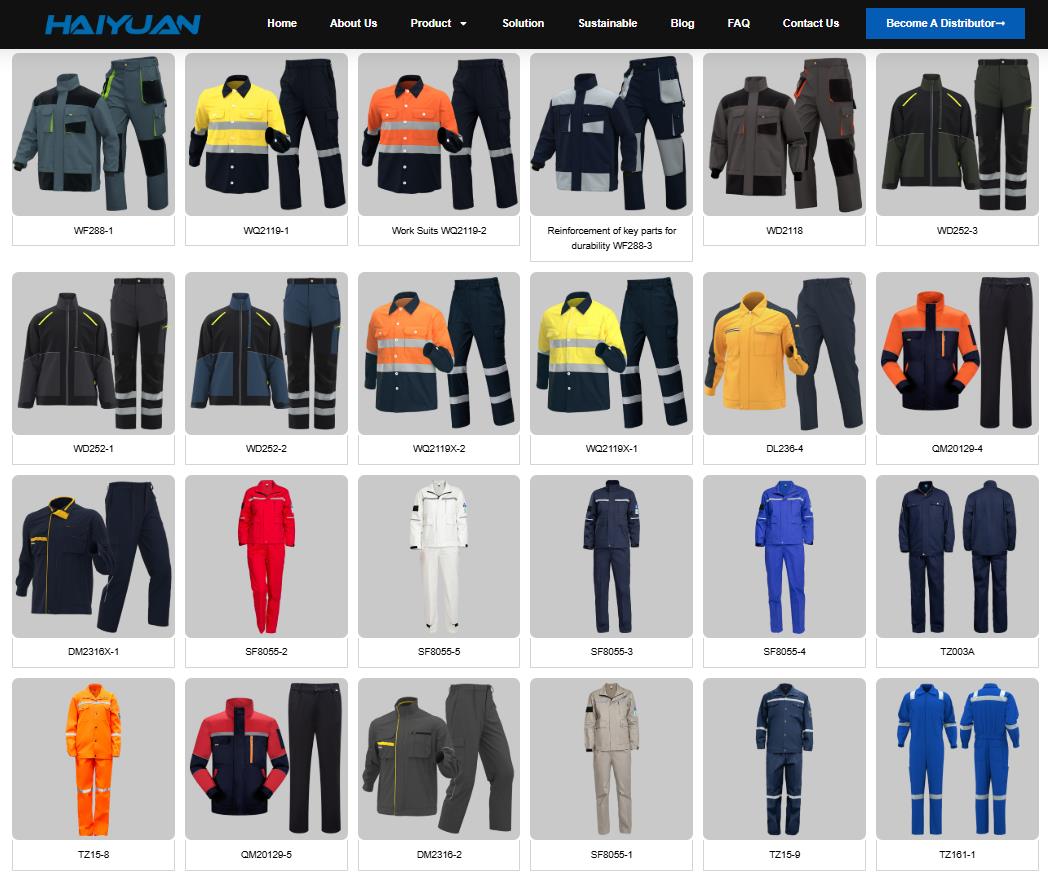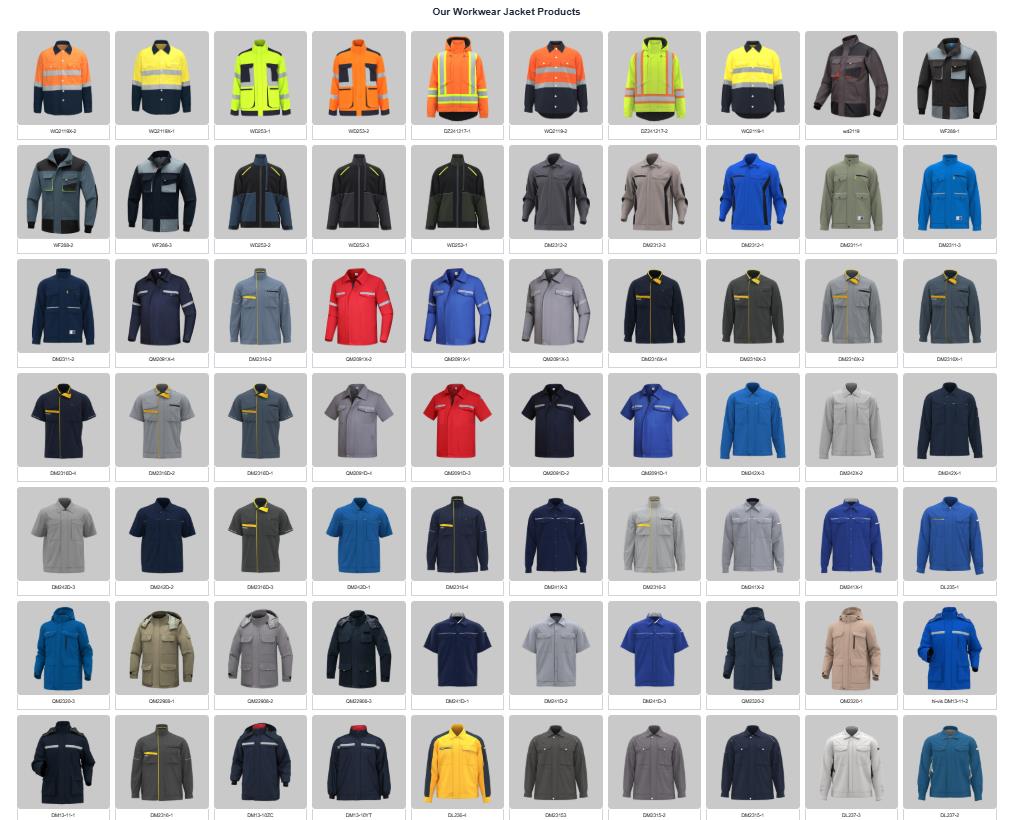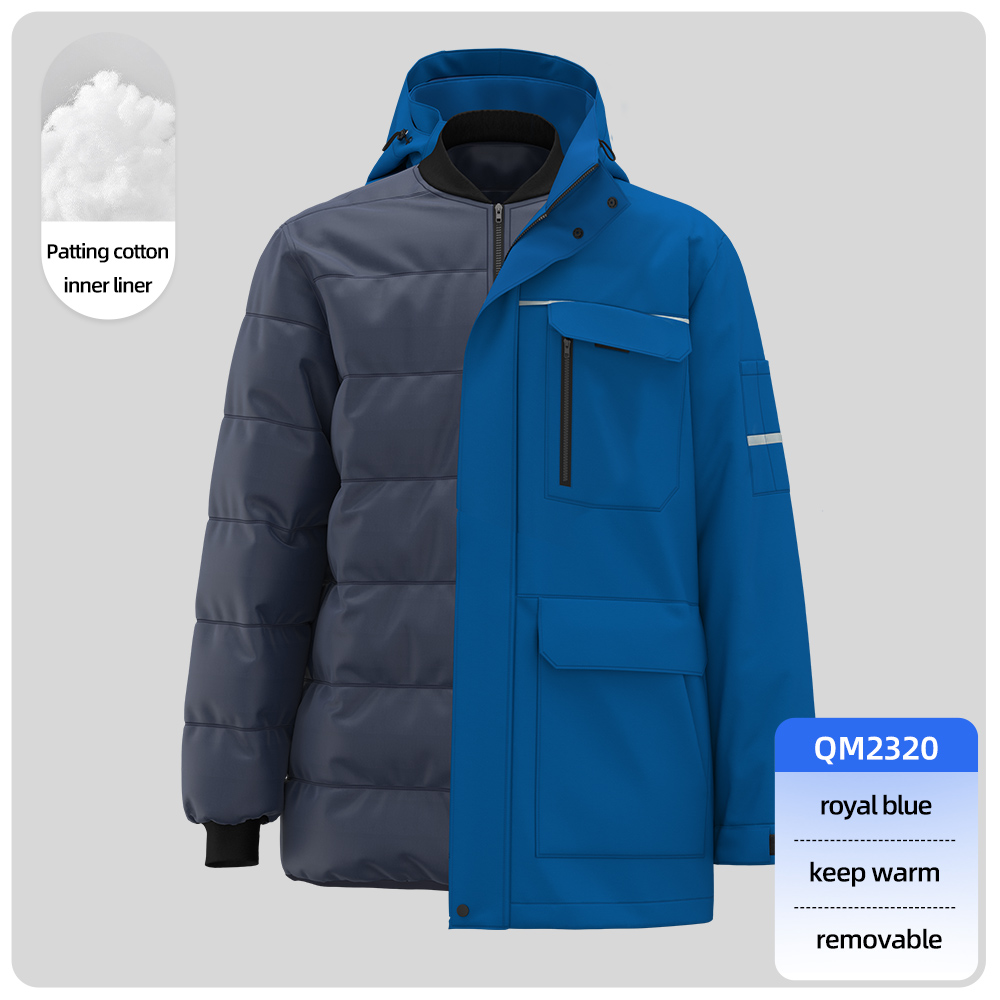Finding the right coverall size depends heavily on brand, style, and intended use (e.g., lightweight disposable coverall, Cotton coverall, insulated coverall, flame-resistant coverall). There’s no single universal size chart.
Here’s what you need to know and do:
-
Never Assume Your “Usual” Size: Your t-shirt or jean size is NOT a reliable indicator for coveralls.
-
Check the Specific Brand & Product Chart: This is the MOST CRITICAL STEP. Go to the website or product page of the coverall you are interested in (e.g., HAIYUAN Coveralls , Carhartt, Dickies, Red Kap, Tyvek, Ariat, Bulwark, Walls).
-
Take Your Measurements: You’ll need accurate body measurements. Use a flexible tape measure. Wear the undergarments you’d typically wear under the coveralls.
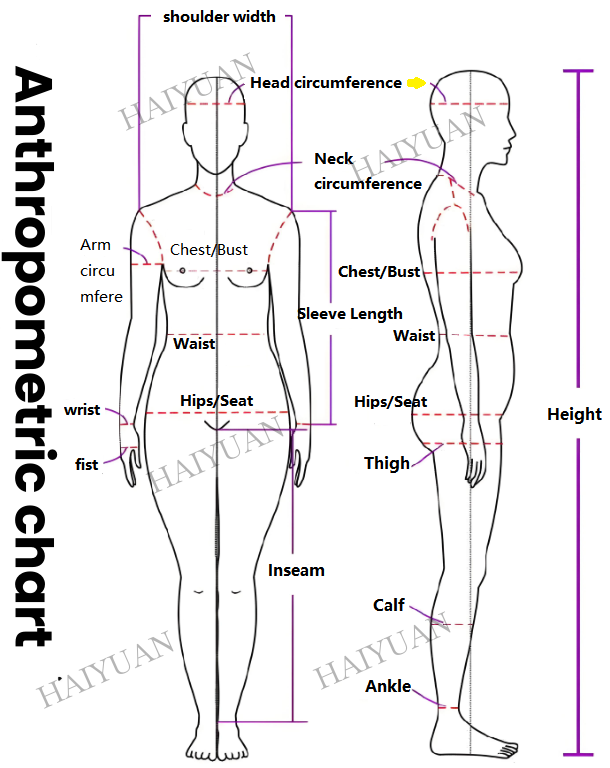
anthropometric-chart -
Chest/Bust: Measure around the fullest part of your chest/bust, under the arms, tape level across the back. Keep tape snug but not tight.
-
Waist: Measure around your natural waistline (usually near the belly button).
-
Hips/Seat: Measure around the fullest part of your hips/seat.
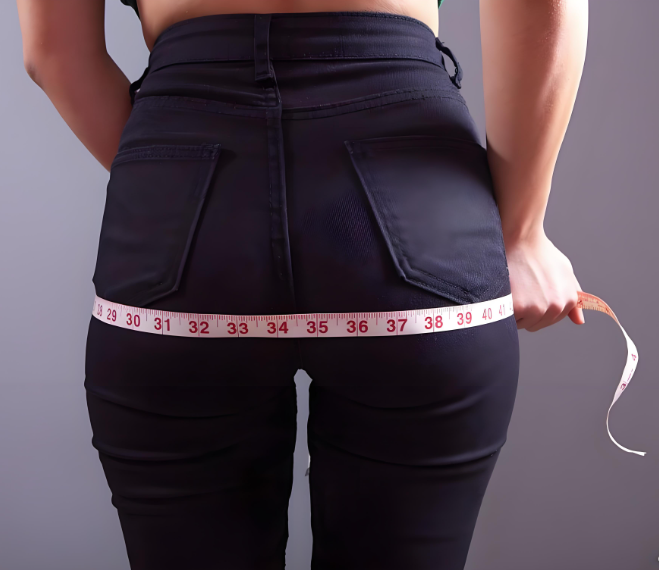
HipsSeat Measurement -
Inseam: Measure from the crotch seam down the inside of your leg to where you want the coverall leg to end (usually the ankle bone).
-
Height: Your overall height.

Height Measurement -
Weight: Your current weight.
-
Sleeve Length (Sometimes): From the center back of your neck, over the shoulder point, down the arm to the wrist bone.
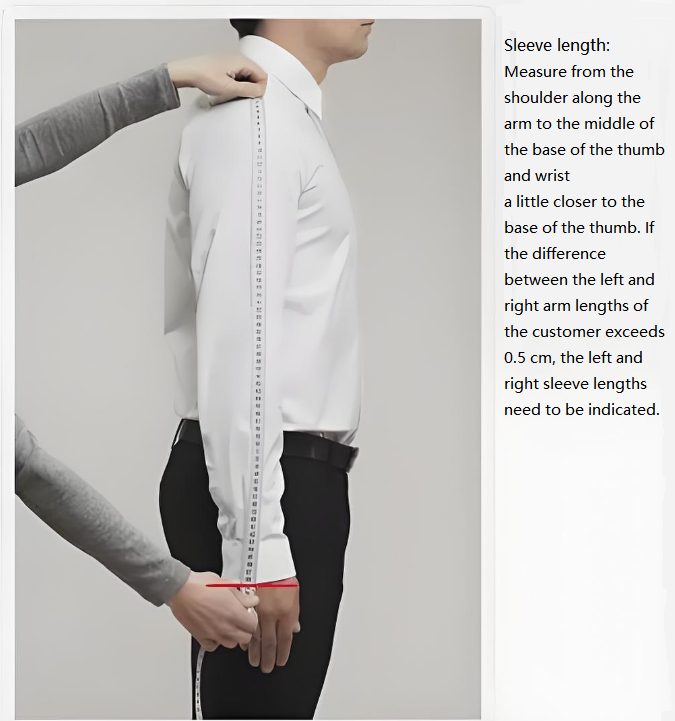
Sleeve length measurement
-
General Coverall Size Chart Structure & Considerations:
Most size charts will have columns for:
-
Size Label: (e.g., S, M, L, XL, XXL, 34, 36, etc.)
-
Chest (inches/cm): The garment’s chest measurement.
-
Waist (inches/cm): The garment’s waist measurement.
-
Hip/Seat (inches/cm): The garment’s hip measurement.
-
Height Range (ft/in or cm): Recommended height for that size.
-
Weight Range (lbs/kg): Recommended weight range for that size.
-
Inseam (inches/cm): Sometimes included, especially in more fitted styles.
Key Factors Influencing Fit:
-
Purpose & Layering: Will you wear thick layers underneath (like in winter)? If so, you likely need to size up.
-
Brand Variation: Sizes vary significantly between brands. A Medium in Brand A might fit like a Large in Brand B.
-
Style:
-
Regular/Relaxed Fit: Offers more room through the chest, waist, and seat for layering and movement. Most common for workwear. You might wear your “true” size or size down if between sizes for a less baggy fit.
-
Traditional/Baggy Fit: Very loose fit for maximum layering and unrestricted movement. Often sized numerically (e.g., 40, 42, 44). You might size down from your chest measurement.
-
Slim/Fitted Fit: Tapered through the torso and legs. Less common for heavy-duty work, more for light-duty or specific industries. Size carefully based on measurements.
-
Unisex vs. Women’s Specific: Unisex coveralls are typically cut straighter. Women’s specific coveralls are cut with more curve through the bust and hips.
-
-
Material: Stretch fabrics offer more flexibility in sizing. Stiff fabrics (like heavy duck canvas or some FR materials) are less forgiving.
Example Generic Size Chart (USE AS A STARTING POINT ONLY – ALWAYS CHECK ACTUAL PRODUCT CHART):
| Size | Chest (in) | Waist (in) | Hip (in) | Height (ft/in) | Weight (lbs) | Inseam (approx in) |
|---|---|---|---|---|---|---|
| S | 38-40 | 32-34 | 38-40 | 5’6″-5’9″ | 130-160 | 31 |
| M | 40-42 | 34-36 | 40-42 | 5’8″-5’11” | 150-180 | 32 |
| L | 42-44 | 36-38 | 42-44 | 5’10”-6’1″ | 170-200 | 33 |
| XL | 44-46 | 38-40 | 44-46 | 6’0″-6’3″ | 190-230 | 34 |
| 2XL | 46-48 | 40-42 | 46-48 | 6’2″-6’5″ | 220-260 | 35 |
| 3XL | 48-50 | 42-44 | 48-50 | 6’3″-6’6″ | 250-290 | 36 |
| 4XL | 50-52 | 44-46 | 50-52 | 6’4″-6’7″ | 280-320 | 37 |
Numerical Sizing (Common in Traditional/Baggy fits):
| Size | Chest (in) | Approx Alpha Equivalent |
|---|---|---|
| 38 | 40-42 | S |
| 40 | 42-44 | M |
| 42 | 44-46 | L |
| 44 | 46-48 | XL |
| 46 | 48-50 | 2XL |
| 48 | 50-52 | 3XL |
Action Plan:
-
Identify the specific brand and product you want to buy.
-
Find its official size chart on the retailer’s or manufacturer’s website.
-
Take your accurate body measurements.
-
Compare your measurements to the chart’s garment measurements (not just the size label).
-
Consider fit style and layering needs: Do you need a relaxed fit for movement/layers, or a slimmer fit? Size up if layering heavily.
-
Read reviews: See if others mention the fit runs large, small, or true to size for that specific item.
By following these steps and relying on the specific product’s size chart, you’ll have the best chance of getting coveralls that fit comfortably and safely for your job.

